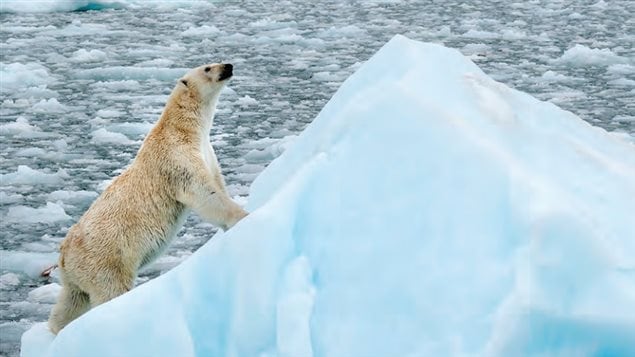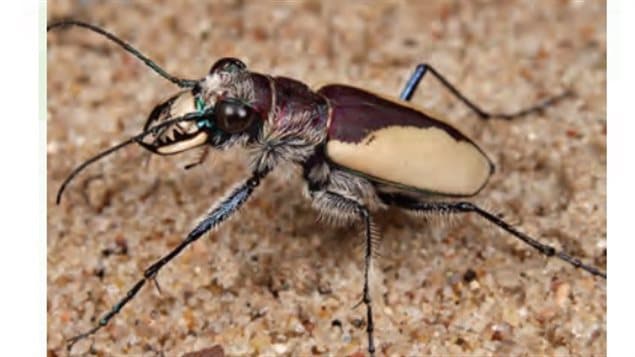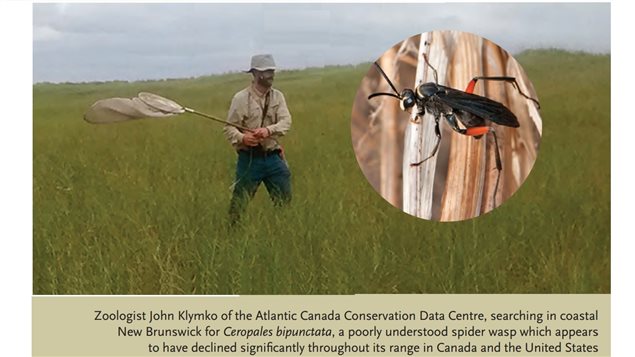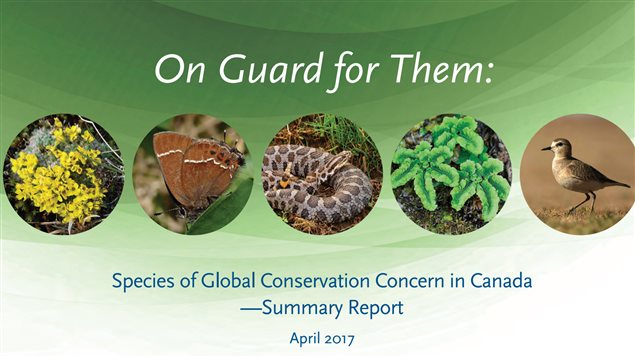The newest comprehensive report on the state of species in Canada has just been released by NatureServe Canada. The report looked at almost 5,500 species of land and marine mammals, birds, fish, insects, and plants and assessed their population health.
Patrick Henry is the executive director of NatureServe Canada
Listen
Henry says there are 70,000 known species in Canada, and it’s presumed there are as many as 140,000 species, meaning there are still a great many undocumented species in the country.
Nevertheless he says, the number assessed in these reports does give a good overall indication of species “health or at risk factors” in Canada and trends over several years.
The 2017 assessment report follows the previous one of 2005.
More species were assessed in this report but it indicates that sixty-six species endemic to Canada from among the 13 species groups reported on in 2005 were globally at risk in 2005. In 2016, 77 of them were.

Ten species ( three endemic to Canada) and six subspecies (three endemic to Canada have vanished from Canada since 1844, and are presumed extinct.

The report recommends that a comprehensive list of Canada’s wild species be created and improve knowledge of their distribution and status, especially lesser known, rare, and threatened species which can include lichens and other plants from northern Canada, and a number of invertebrates.
He also says it’s important to gather as much information on habit and habitat to understand how various species contribute to their ecosystems in order to also understand their role if and when their numbers drop, and how to prevent that from happening.

Among several other recommendations the report says all the varied sources of information and data should be used by policy makers to identify priority public and private areas and ensure their protection for biodiversity conservation.
Additional information







For reasons beyond our control, and for an undetermined period of time, our comment section is now closed. However, our social networks remain open to your contributions.